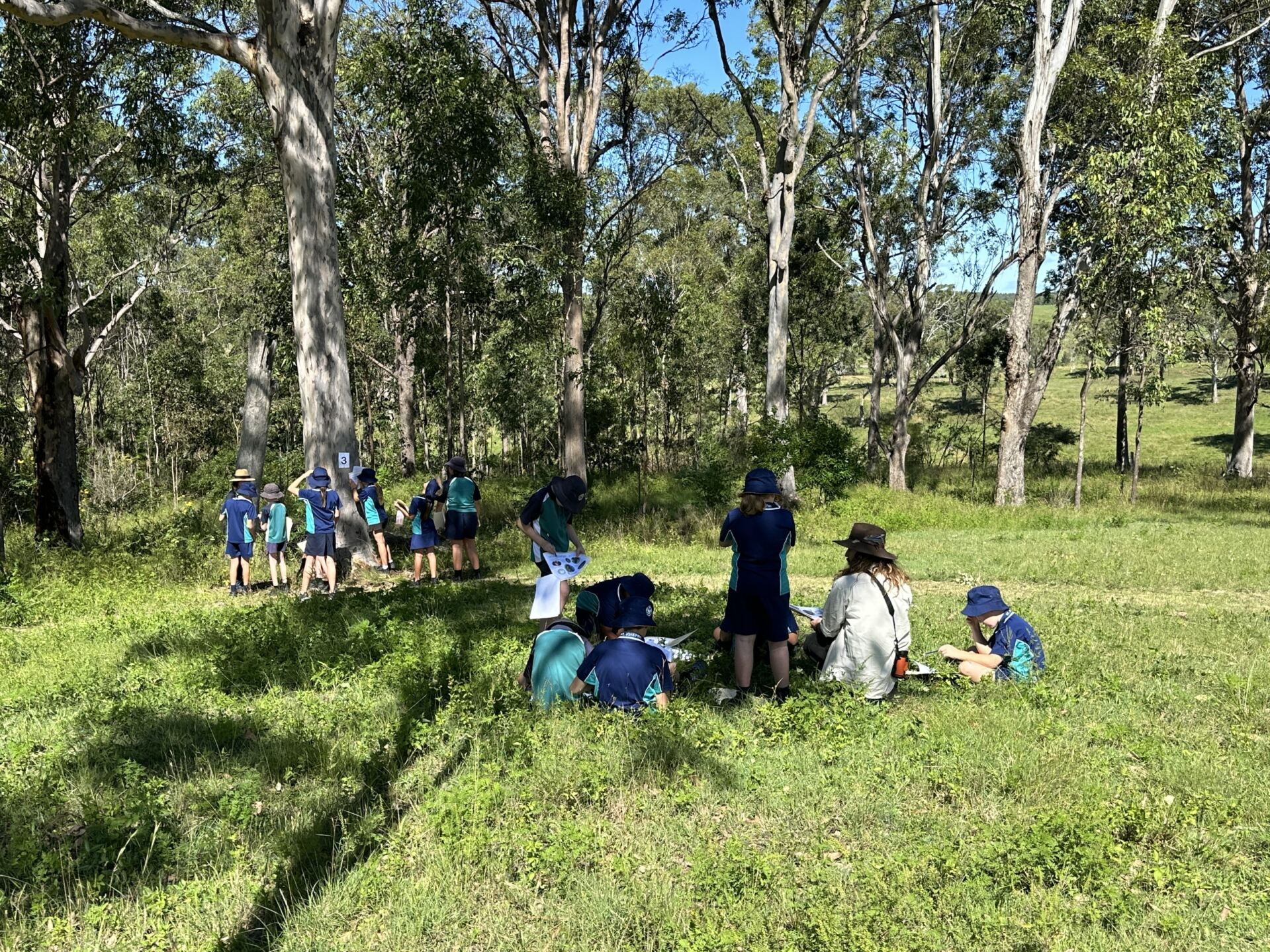
Engaging Gumbaynggirr Youth – South Grafton Dunggirr (Koalas)
Working with local primary schools to engage their Aboriginal students to gain knowledge and understanding about the local koalas.
The Issue
Clarence Landcare was contracted to engage Gumbaynggirr youth for future koala projects in the South Grafton area. The Gillwinga and St Josephs primary schools are across the road from one another and both schools regularly have koalas on their school grounds and property. The aim was to foster a relationship with the schools and their Aboriginal students for a koala education event.
The Solution
We teamed up with Michael Kennedy, Aboriginal Landcare Officer, and conducted a site visit to the area in South Grafton where there are a number of koala records. A meeting with the principal of St Josephs led to an invitation to use their school property and facilities for an event. The grant we received through the NSW Koala Strategy via Envite Environment gave us the resources we needed to implement the project.
The Impact
We organised a school event and invited Gillwinga’s Year 5 & 6 Aboriginal students and St Josephs’ 9 Aboriginal student across all year levels. In total, 31 students and 2 teachers from the schools attended the ‘The Cultural Program for Gillwinga and St Josephs Schools – Koalas in Clarence Valley’.
We held a Welcome to Country in Gumbaynggirr Language by Michael Kennedy and three koala songline stories were told. Landcare Coordinator Debbie Repschlager presented an introduction to Landcare and Junior Landcare. Senior Project Officer & Ecologist, Annette Cook, gave a koala presentation, conducted an afternoon in the field learning about koala food trees, and demonstrated how to plant a tree. It was wonderful to see enthusiastic hands shoot up in the group when asked who wanted to be involved in a Junior Ranger Koala Team.
Learnings
The inside presentation worked well to give an overview education about koalas. The outside activities after lunch were hands-on and engaging. The students learnt how to use tree features to identify koala food trees and also how to plant a tree.
– Debbie Repschlager, Local Coordinator, Clarence Landcare
This initiative made possible by the NSW Landcare Enabling Program, a collaboration between Local Land Services and Landcare NSW supported by the NSW Government.







